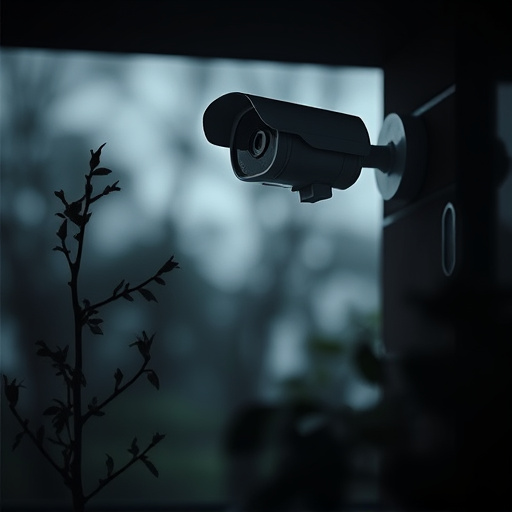Hidden security cameras, disguised as everyday items, offer discreet surveillance for homes and businesses, enhancing security while capturing footage undetected. However, they raise legal and ethical concerns due to potential privacy invasion and the risk of false sense of security. Balancing public safety and individual privacy, proper deployment, regulation, and clear policies are crucial for ethical use, especially in workplaces where employee expectations vary.
Hidden security cameras, often referred to as covert surveillance equipment, are a modern tool for safety and monitoring. This article delves into the intricate world of these devices, exploring their various types and applications. From the technical aspects to their benefits and drawbacks, we provide an in-depth analysis. Additionally, we discuss the legal and ethical boundaries surrounding hidden cameras, ensuring a comprehensive guide for understanding this controversial yet effective technology. Discover the power and pitfalls of hidden security cameras.
Understanding Hidden Security Cameras: Definition and Types
Hidden security cameras, also known as covert or concealed cameras, are surveillance devices designed to operate discreetly, often blending into their surroundings. These cameras are engineered to capture footage without attracting attention, making them a popular choice for various security and monitoring applications. From home owners seeking to protect their properties to businesses aiming to deter theft and vandalism, hidden security cameras offer a sense of peace of mind by providing continuous observation.
There are several types of hidden security cameras available on the market today. Some mimic everyday objects like smoke detectors, light bulbs, or even plants to maintain an invisible presence. Others are integrated into common household items like mirrors or picture frames. Wireless options provide flexibility in installation, while hardwired models offer improved stability and data transfer. Advanced features such as motion detection, night vision, and two-way audio further enhance the capabilities of these cameras, ensuring users receive comprehensive security solutions tailored to their needs.
Advantages and Disadvantages of Using Hidden Cameras
Hidden security cameras offer a range of advantages in terms of enhancing security and surveillance, especially in places where discretion is key. Their primary benefit lies in their ability to capture footage undetected, providing valuable intelligence for deterring and investigating criminal activities. These cameras can be strategically placed in various settings, from homes and businesses to public spaces, allowing for round-the-clock monitoring without raising awareness among individuals being observed. This discreet nature ensures that potential perpetrators might not be aware they are being recorded, potentially acting as a powerful deterrent.
However, there are also significant disadvantages to consider. The use of hidden cameras raises serious privacy concerns, as they can invade the personal space and privacy of individuals without their knowledge or consent. Legal issues surrounding surveillance and data protection come into play, particularly in public spaces where citizen rights must be balanced against security measures. Moreover, if not installed and managed properly, these cameras can lead to a false sense of security, as they might not capture every angle or detail of an incident. Ethical considerations are paramount, ensuring that the use of hidden security cameras aligns with legal and moral standards while respecting individual freedoms.
Legal and Ethical Considerations for Hidden Surveillance
The deployment of hidden security cameras raises significant legal and ethical questions that must be carefully navigated. While they offer enhanced surveillance capabilities, particularly in areas prone to crime or for protecting sensitive spaces, their use can infringe upon privacy rights if not properly regulated. Many jurisdictions have strict laws regarding hidden cameras, especially when they are used for domestic or personal monitoring without consent. These laws aim to protect individuals from unwarranted intrusion into their personal lives and ensure that surveillance practices remain transparent and accountable.
Ethically, the use of hidden security cameras should balance public safety with individual privacy expectations. This delicate balance becomes more complex in spaces like workplaces where employees may have a reduced expectation of privacy but still deserve respect for their personal boundaries. Organizations employing such measures must establish clear policies outlining camera placement, data storage, and access to ensure compliance with legal standards and maintain the trust of their workforce and clients.
